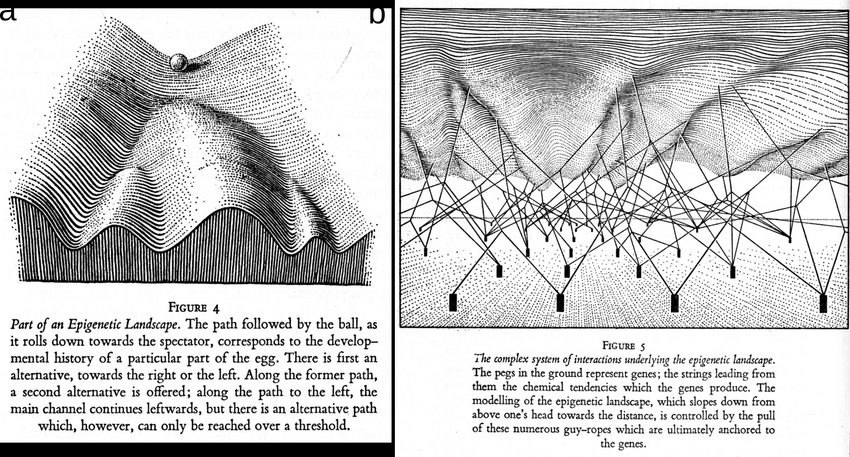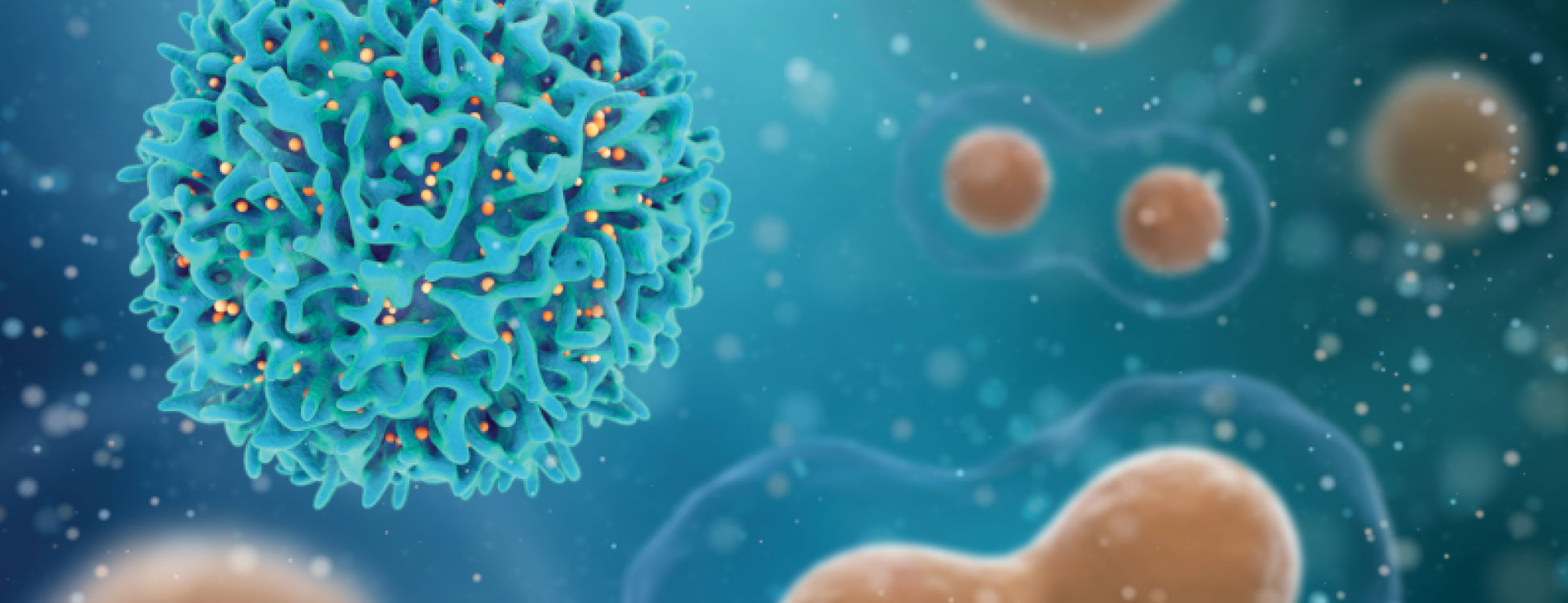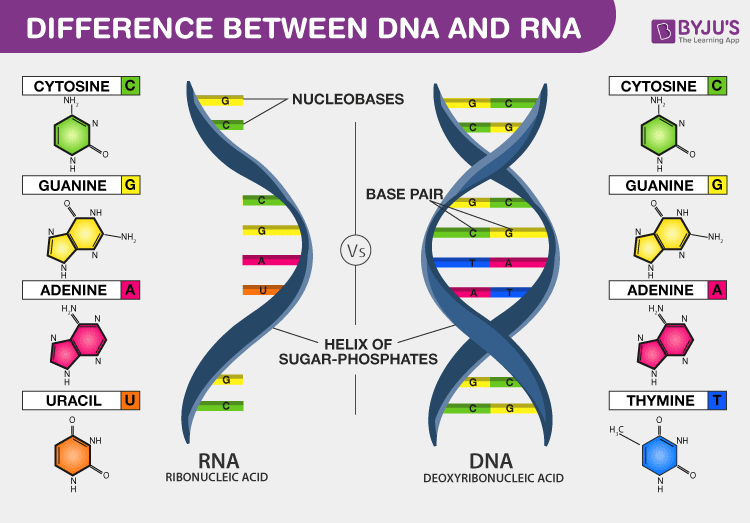What are genes?
A gene is the basic physical and functional unit of heredity. Genes are made up of DNA and each chromosome contains many genes.
What is DNA?
a self-replicating material that is present in nearly all living organisms as the main constituent of chromosomes. It is the carrier of genetic information.

What is a chromosone?
A chromosome is a thread-like structure made up of DNA. Chromosomes are found in the nucleus of each cell.
What is a nucleaus?

Do all animals have 46 chromosones like humans?
What is epigenetics?
the study of changes in organisms caused by modification of gene expression rather than alteration of the genetic code itself.
Interesting things about genes:
– They are like the computer code for life
– Each cell contains a complete copy of the organisms code
– The cell reads the genes like instructions to carry out processes
– Although DNA can be identical, they can be expressed differently depending on the environment – it’s possible to turn on and off genes.
How this works can be seen below in the epigenetic landscape:

– If we could understand our DNA and genes and how it works, we could solve all diseases, and uncover a huge number of discoveries that we can use to tackle problems about our natural world
How can we understand our genes?
– We can understand our genes and how they work by creating / altering genes and testing the result. It would be better to start with single cell organisms.
– It might be a good idea to start with the organisms that have the fewest number of genes:
The pathogenic bacterium Mycoplasma genitalium has only 525 genes, the fewest of any living organism. The concise creation was a favorite with geneticists, and it was one of the first organisms to be fully sequenced, a feat achieved in 1995 by biologist J. Craig Venter and his team.
How does mycoplasma genitalium work?
Mycoplasma is a genus of bacteria that, like the other members of the class Mollicutes, lack a cell wall around their cell membranes.[1] Peptidoglycan (murein) is absent. This characteristic makes them naturally resistant to antibiotics that target cell wall synthesis (like the beta-lactam antibiotics). They can be parasitic or saprotrophic. Several species are pathogenic in humans, including M. pneumoniae, which is an important cause of “walking” pneumonia and other respiratory disorders, and M. genitalium, which is believed to be involved in pelvic inflammatory diseases. Mycoplasma species (like the other species of the class Mollicutes) are among the smallest organisms yet discovered,[2] can survive without oxygen, and come in various shapes. For example, M. genitalium is flask-shaped (about 300 x 600 nm), while M. pneumoniae is more elongated (about 100 x 1000 nm), many Mycoplasma species are coccoid. Hundreds of Mycoplasma species infect animals.[3]
Can we create all the possible variations of this bacteria?
If each gene can be one of two, then this organism can have 5252 variations which is 275,625. We could create 275,625 variations of this gene and then observe how each of these organisms differ.
This bacteria lives for 1 hour.
Is it dangerous to create multiple variations of a bacteria?
It might be if not properly controlled because this bacteria is also a STD.
What kind of research is being done now to understand our genes?
What is DNA sequencing?
DNA sequencing determines the order of the four chemical building blocks – called “bases” – that make up the DNA molecule.
How is DNA sequencing done?
Sequencing employs a technique known as electrophoresis to separate pieces of DNA that differ in length by only one base. In electrophoresis, DNA to be sequenced is placed at one end of a gel—a slab of a gelatin-like substance. (A major part of DNA sequencing simply comes down to making a bunch of Jell-O.)
How is karotyping?
What is PCR?
Polymerase chain reaction is a method widely used to rapidly make millions to billions of copies of a specific DNA sample, allowing scientists to take a very small sample of DNA and amplify it to a large enough amount to study in detail.
What is RT-PCR?
Reverse transcription polymerase chain reaction (RT-PCR) is a laboratory technique combining reverse transcription of RNA into DNA (in this context called complementary DNA or cDNA) and amplification of specific DNA targets using polymerase chain reaction (PCR).[1] It is primarily used to measure the amount of a specific RNA. This is achieved by monitoring the amplification reaction using fluorescence, a technique called real-time PCR or quantitative PCR (qPCR). Combined RT-PCR and qPCR are routinely used for analysis of gene expression and quantification of viral RNA in research and clinical settings.
What is RNA?
ribonucleic acid, a nucleic acid present in all living cells. Its principal role is to act as a messenger carrying instructions from DNA for controlling the synthesis of proteins, although in some viruses RNA rather than DNA carries the genetic information.
What is the difference between RNA and DNA?
What does RNA do?
Why does RNA have uracil and DNA has thymine?
Uracil is energetically less expensive for the production of thymine. This can account for its utilization in RNA. Damage to DNA can change the nucleotide bases causing mutations that cannot be repaired if the base was uracil.
What is thymine?
Thymine (/ˈθaɪmɪn/) (symbol T or Thy) is one of the four nucleobases in the nucleic acid of DNA that are represented by the letters G–C–A–T. The others are adenine, guanine, and cytosine. Thymine is also known as 5-methyluracil, a pyrimidine nucleobase. In RNA, thymine is replaced by the nucleobase uracil. Thymine was first isolated in 1893 by Albrecht Kossel and Albert Neumann from calf thymus glands, hence its name.[2]
What is a nucleotide?
Each nucleotide is made up of phosphoric acid, sugar (5-carbon), and nitrogenous base (or nucleobase). There are five nucleobases that serve as fundamental units of the genetic code: (1) adenine, (2) guanine, (3) cytosine, (4) thymine, and (5) uracil. These nitrogenous bases may be classified into purines and pyrimidines. Thymine is a pyrimdine nucleobase.
More Reading
https://www.theguardian.com/commentisfree/2016/jun/04/learned-to-read-genes-now-start-writing-them


Pingback: Questions about our Biology - Richard Coward